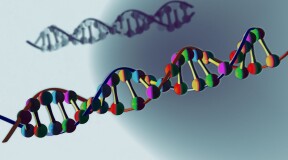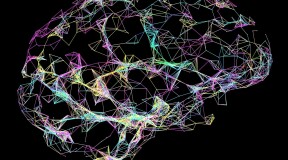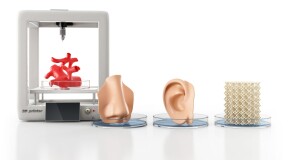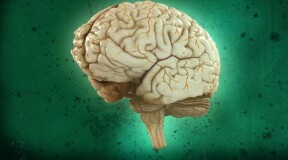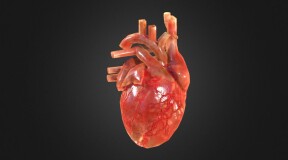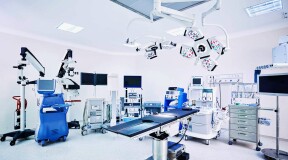-
en

Med & Bio - page 8
Drone makes first kidney transplant delivery
Gene of DNA – the most comprehensive model
Neural Network Learns to Translate Brain Signals into Speech
EpiWear - a life-saving device for allergic people
New discovery brings us closer to 3D printing major organs
Night of the Living Dead: scientists ‘resurrect’ a pig
Scientists introduce 3D printed heart
Hero Arm bionic prosthetic will soon be mass produced
Transparent Skull Implant to Reveal Causes of Brain Disorders to Scientists
The possibility of breaking into medical equipment is officially proven
Severe flu causes taste buds to grow in your lungs
Sana: a mask that can relieve pain




